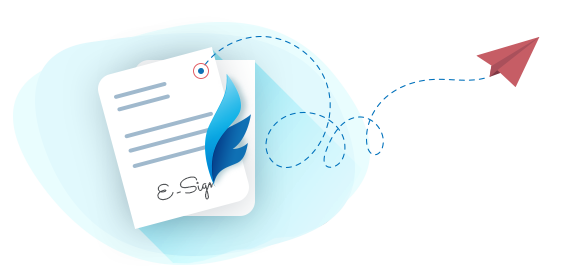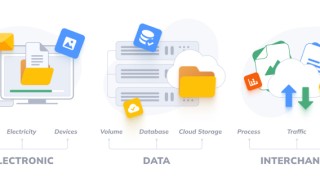
Gone are the days of relying on paper-based transactions and manual data entry. The future of business communication lies in Electronic Data Interchange (EDI), a powerful technology that streamlines communication and automates data exchange between businesses. This article will delve into the world of EDI, demystifying its core concepts, exploring its benefits, and outlining its role in shaping the future of business communication.
What is EDI?
EDI is essentially a computerized system for exchanging business documents like invoices, purchase orders, and shipping notifications in a standardized electronic format. Imagine replacing paper trails with secure, automated data transfers directly between your computer system and those of your trading partners. This eliminates the need for manual data entry, reduces errors, and significantly improves transaction processing speed.
How Does EDI Work?
- Standardization: EDI utilizes standardized data formats like X12 or EDIFACT, ensuring compatibility between different business systems. This ensures that information is transmitted and interpreted accurately, regardless of the specific software used by each trading partner.
- Trading Partners: Businesses that exchange data electronically through EDI are referred to as trading partners. Establishing an EDI connection typically involves working with a Value-Added Network (VAN) provider, a third-party service that facilitates secure data exchange between trading partners. Alternatively, some businesses opt for direct connections.
- EDI Software: To participate in EDI, businesses require specialized EDI translation software. This software translates your internal business documents into the standardized EDI format and vice versa, enabling seamless communication with your trading partners' systems.
The Advantages of EDI
- Enhanced Efficiency: EDI significantly reduces manual data entry, streamlining processes and accelerating transaction completion times.
- Reduced Errors: Eliminating manual data entry minimizes the risk of errors, leading to more accurate data and improved communication.
- Improved Visibility: EDI provides real-time visibility into your supply chain, allowing you to track inventory levels, monitor order statuses, and anticipate potential delays.
- Cost Savings: By streamlining processes and reducing errors, EDI can lead to significant cost savings in terms of labor, materials, and administrative overhead.
- Enhanced Customer Satisfaction: Faster transaction processing and improved communication lead to faster order fulfillment and a more positive customer experience.
The Future of EDI
As technology evolves, EDI is poised to play an even greater role in shaping the future of business communication. Here are some key trends to watch:
- Cloud-Based EDI: Cloud-based EDI solutions offer increased accessibility, scalability, and lower upfront costs, making EDI more accessible to businesses of all sizes.
- Real-Time Visibility: EDI advancements will facilitate real-time data exchange, providing even greater supply chain transparency and allowing for more responsive decision-making.
- Integration with Artificial Intelligence (AI): The integration of AI with EDI systems can optimize data analysis, automate tasks, and identify potential disruptions within the supply chain.
Embrace Streamlined Communication and Efficiency
EDI is not just a technology; it's a strategic investment in the future of your business. By implementing an EDI system, you can achieve significant improvements in communication, efficiency, and overall business performance. Webxloo is your partner in navigating the evolving EDI landscape.
Contact Webxloo today! Let our EDI experts guide you in unlocking the potential of this powerful technology and propel your business toward a future of streamlined communication and exceptional efficiency.




 Phone Consultation
Phone Consultation
 Request a quote
Request a quote
 Text a Message
Text a Message